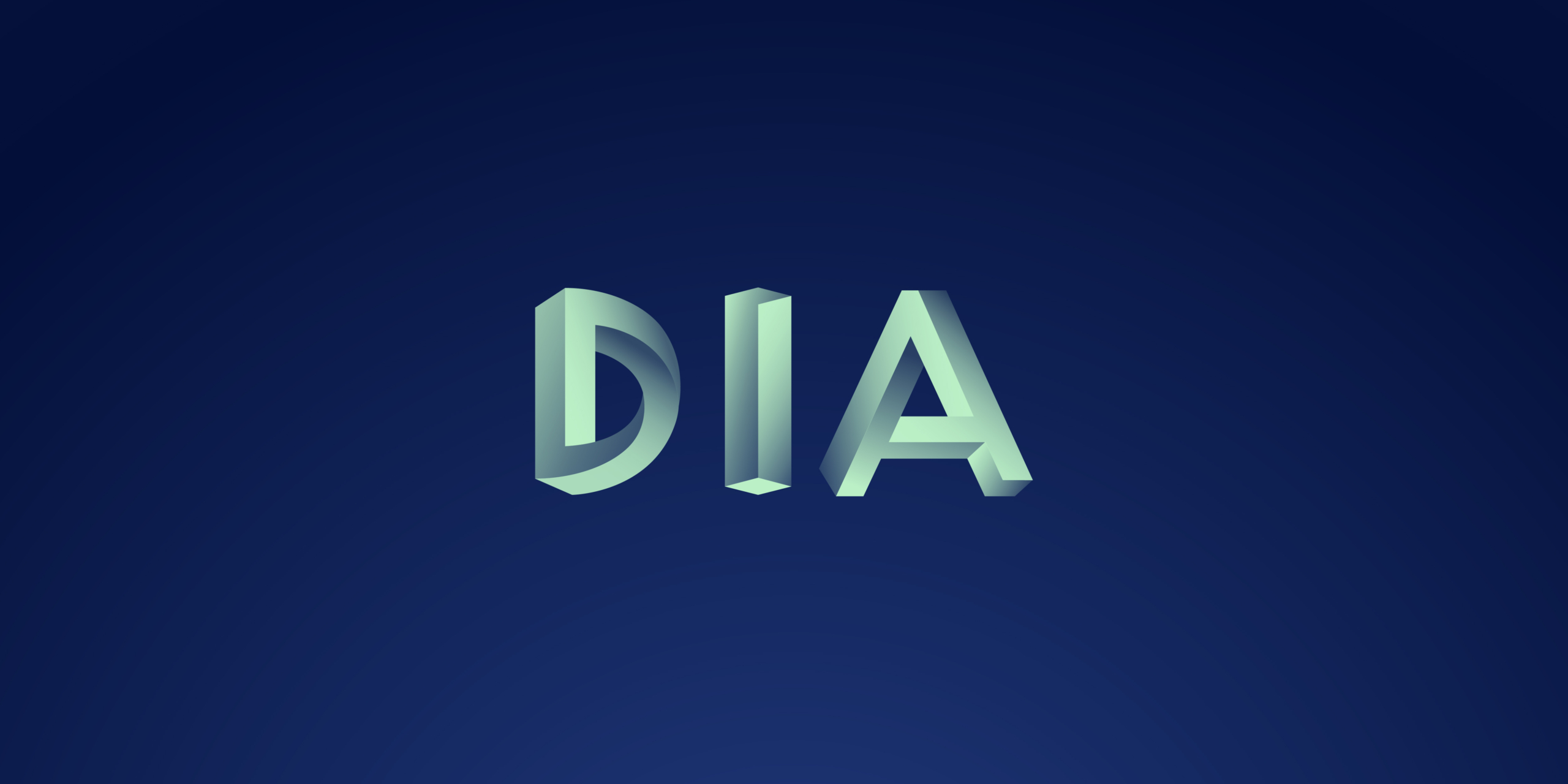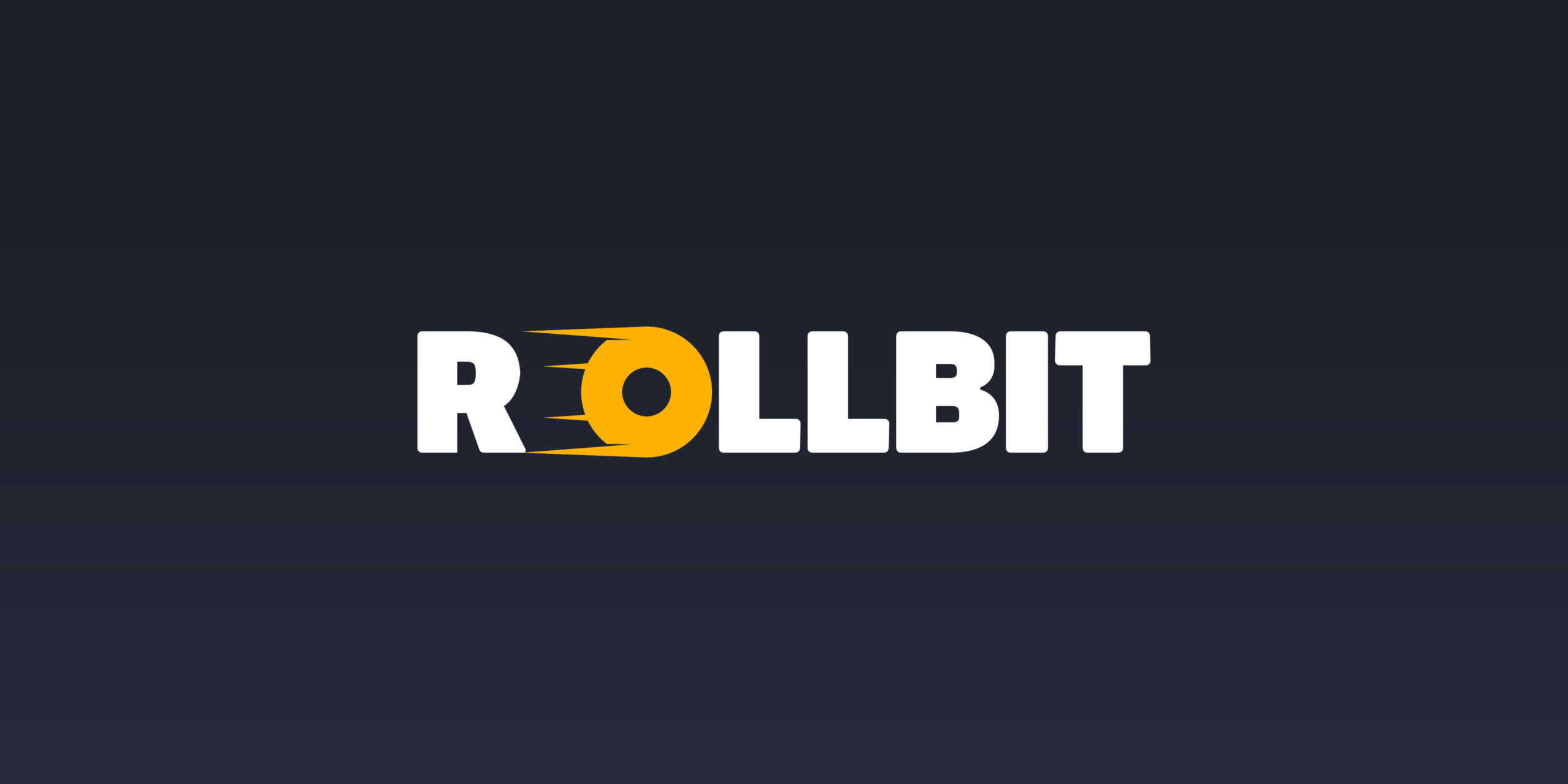Introduction
The DIA (Decentralised Information Asset) platform presents itself as a cross-chain, end-to-end, open-source data and oracle solution for the evolving Web3 space. It has been designed to address the critical need for transparent and verified data across traditional and digital financial applications.
Innovation
DIA‘s core innovation lies in its capacity to source, validate, and disseminate data with customization and transparency not commonly found in existing Oracle services. The platform’s ability to tailor data feeds for diverse applications sets it apart and presents a compelling proposition for stakeholders in the Web3 ecosystem.
Architecture
The DIA platform is built on a modular architecture comprising three primary components: Collection, Computation, and Publication. This tripartite structure ensures robust data coverage from an extensive range of sources and supports a diverse set of blockchains. Its granular approach to data collection, especially from over 80 digital asset exchanges, fosters transparency and customizability.
DIA Code Quality
An evaluation of DIA’s open-source repositories reveals a commitment to code transparency and regular updates. The code quality adheres to industry standards, though an in-depth code audit would be beneficial to ascertain the rigor of security practices employed.
Product Roadmap
The outlined capabilities suggest an ambitious trajectory. The platform’s expansion to cover over 20,000 assets and its goal to eliminate reliance on third-party aggregated data indicate a forward-thinking approach.
Usability
DIA’s interface and data accessibility via both Web2 and Web3 protocols—including REST APIs and GraphQL—showcase a strong emphasis on usability. The provision of custom data feed constructions and access to various data points bolsters the user experience, catering to both novices and experienced users within the space.
Team
The development team behind DIA is characterized as small but proficient, with an intermediate experience background. The success of such a platform often correlates with the team’s expertise, and while the size is not indicative of capability, the growing support from partners suggests confidence in the team’s ability to execute its vision.
Conclusion
DIA is a robust entrant into the Oracle space, emphasizing transparency, customization, and a wide range of data offerings. Its contribution to the Web3 infrastructure—with a platform that empowers community governance and a transparent approach to data feeds—positions it as a potentially invaluable tool for developers and users alike. The future of DIA, contingent on its execution and ability to adapt to the ever-evolving demands of the Web3 ecosystem, appears promising. Continued scrutiny of its development practices and governance model will be vital to its success and adoption.
| Initial Screening | |||
| Keep researching | |||
| Does this project need to use blockchain technology? | Yes | ||
| Can this project be realized? | Yes | ||
| Is there a viable use case for this project? | Yes | ||
| Is the project protected from commonly known attacks? | Yes | ||
| Are there no careless errors in the whitepaper? | Yes | ||
| Project Technology Score | |||
| Description | Scorecard | ||
| Innovation (Out Of 11) | 9 | ||
| How have similar projects performed? | Good | 2 | |
| Are there too many innovations? | Regular | 2 | |
| Percentage of crypto users that will use the project? | 6% -10% | 3 | |
| Is the project unique? | Yes | 2 | |
| Architecture (Out of 12) | 11 | ||
| Overall feeling after reading whitepaper? | Good | 2 | |
| Resistance to possible attacks? | Good | 2 | |
| Complexity of the architecture? | Not too complex | 2 | |
| Time taken to understand the architecture? | 20 – 50 min | 1 | |
| Overall feeling about the architecture after deeper research? | Good | 4 | |
| Has the project been hacked ? | No | 0 | |
| Code Quality (out of 15) | 12 | ||
| Is the project open source? | Yes | 2 | |
| Does the project use good code like C,C++, Rust, Erlang, Ruby, etc? | Yes | 2 | |
| Could the project use better programming languages? | No | 0 | |
| Github number of lines? | More than 10K | 1 | |
| Github commits per month? | More than 10 | 2 | |
| What is the quality of the code? | Good | 2 | |
| How well is the code commented? | Good | 1 | |
| Overall quality of the test coverage? | Good | 1 | |
| Overall quality of the maintainability index? | Good | 1 | |
| When Mainnet (out of 5) | 5 | ||
| When does the mainnet come out? | Mainnet Ready | 5 | |
| Usability for Infrastructure Projects (out of 5) | 5 | ||
| Is it easy to use for the end customer? | Yes | 5 | |
| Team (out of 7) | 4 | ||
| Number of active developers? | 3+ | 1 | |
| Developers average Git Background? | Intermediate | 1 | |
| Developers coding style? | Solid | 2 | |
| Total Score (out of 55) | 46 | ||
| Percentage Score | |||
| Innovation | 16.36% | ||
| Architecture | 20.00% | ||
| Code Quality | 21.82% | ||
| Mainnet | 9.09% | ||
| Usability | 9.09% | ||
| Team | 7.27% | ||
| Total | 83.64% |





